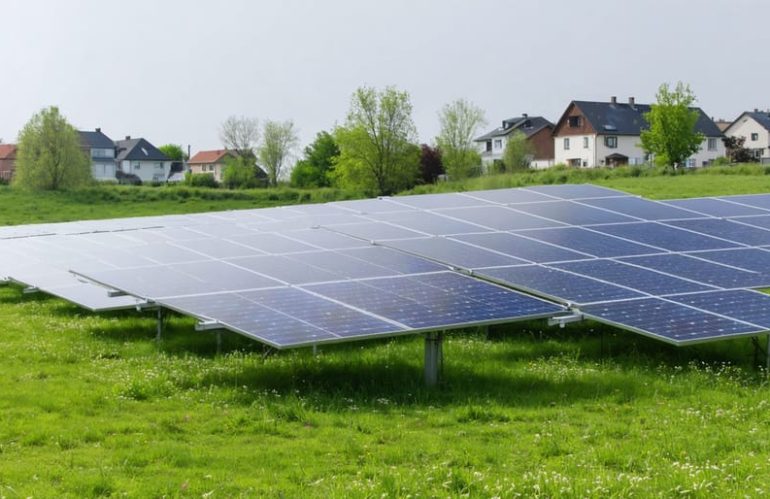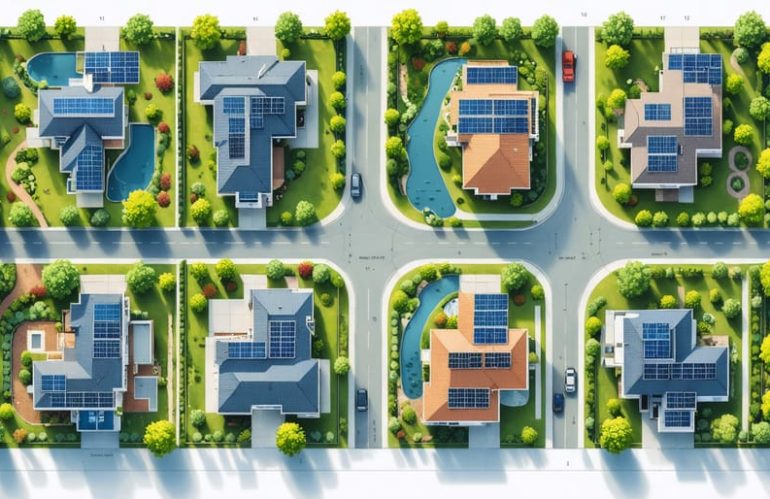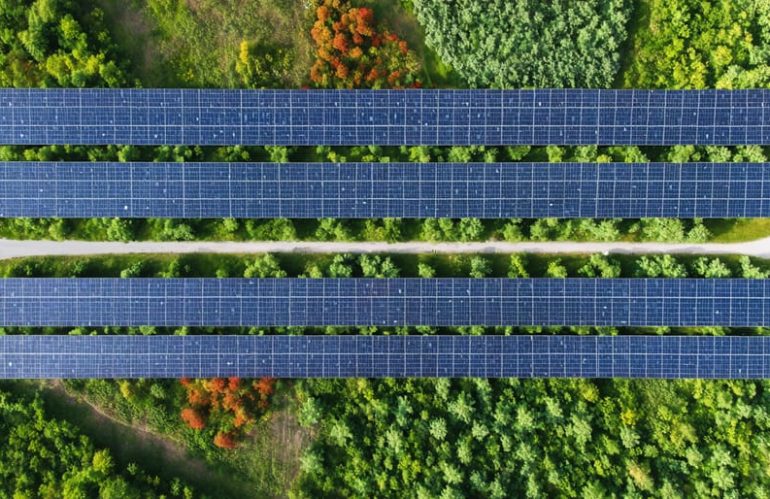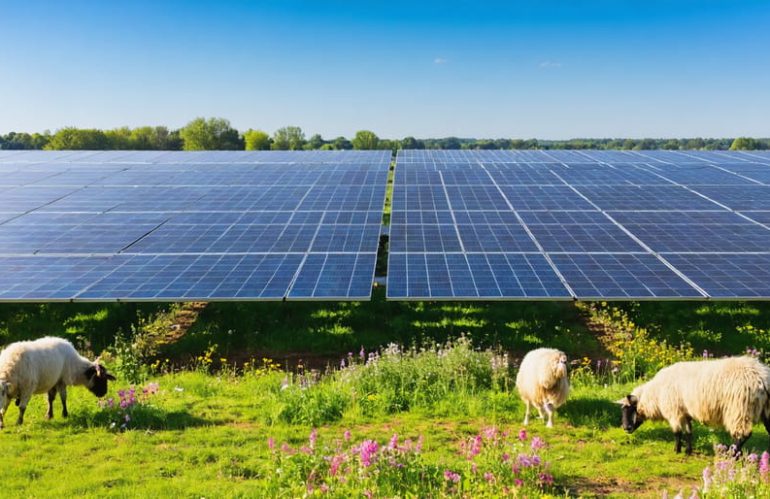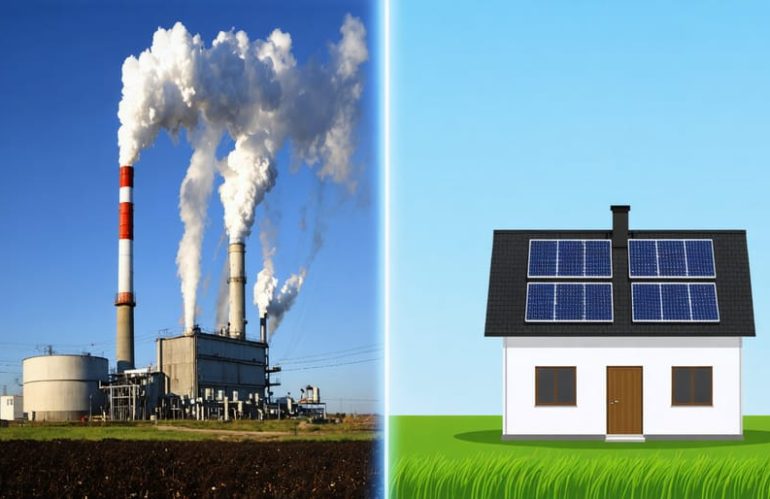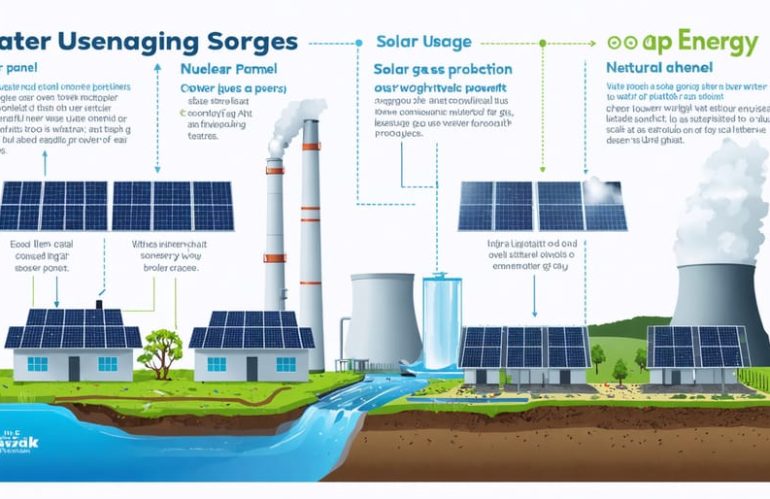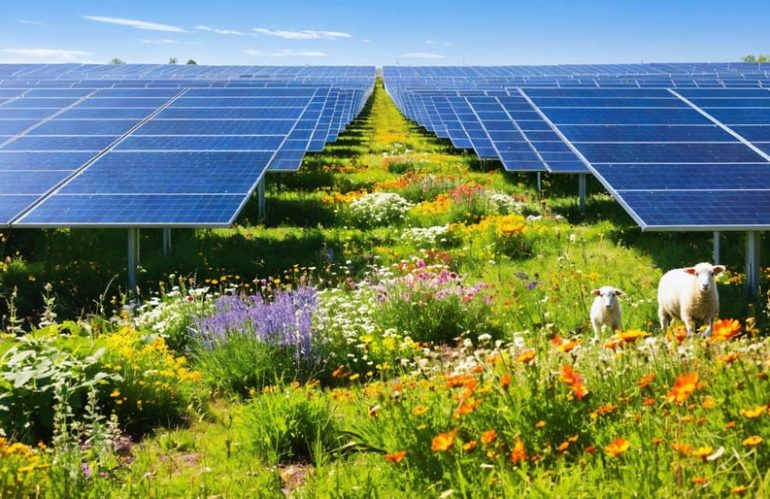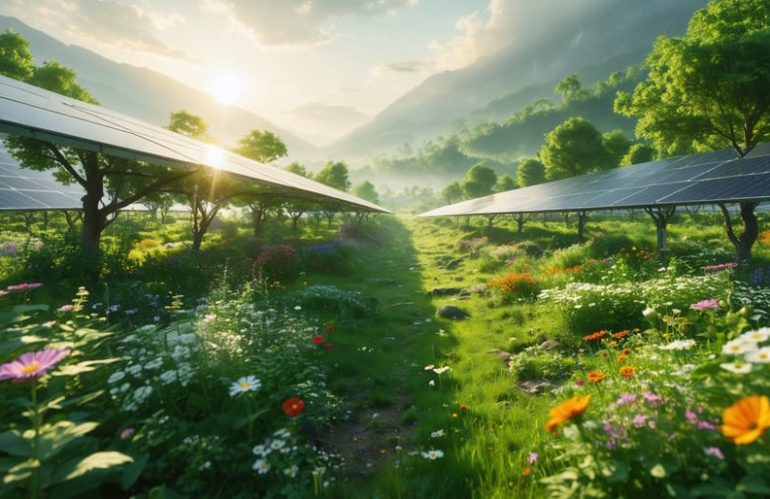Farming these days feels like walking a tightrope. Agro specialists are under huge pressure to produce more food while protecting the soil and environment. Nevertheless, there is an alliance of solar energy and space technology that might just make the job a little easier.
We call it “agrivoltaics“, a setup where farmers effectively pull double duty, harvesting both crops and energy from the same field. When you utilize …
Category: Environmental Impact and Sustainability
Environmental benefits, sustainability aspects, and climate impact
Community Solar Projects Are Transforming Local Economies – Here’s How
Solar power investments deliver remarkable financial returns that extend far beyond reduced electricity bills. As energy costs continue to rise, solar installations consistently generate 20-30% savings on monthly utilities while increasing property values by an average of $15,000. These sustainable energy systems not only create local jobs and transform local communities through workforce development, but also provide steady income streams through net metering and solar renewable …
Smart Solar Zoning: How Land Use Planning Maximizes Your Solar Investment
Zoning regulations and environmental science intersect powerfully when planning residential solar installations, directly impacting both property values and the environmental benefits of solar installation. Local zoning codes determine optimal panel placement, setback requirements, and height restrictions while protecting crucial environmental factors like soil stability, water drainage, and wildlife corridors. Understanding these regulations before installation saves homeowners thousands in …
Solar Farms: Building a Greener Future Without Harming Local Wildlife
Solar farms represent a crucial intersection between renewable energy advancement and environmental stewardship. As these sprawling clean energy installations continue to multiply across landscapes worldwide, their environmental impact deserves careful consideration. While solar farms significantly reduce carbon emissions and offer a sustainable alternative to fossil fuels, they also transform local ecosystems in complex ways. From altered wildlife habitats to changes in soil composition and water flow patterns, these facilities create both challenges and opportunities for environmental conservation.
Recent studies have shown that …
Solar Farms: Balancing Clean Energy with Smart Land Management
As renewable energy adoption accelerates worldwide, solar farms emerge as a pivotal solution in our transition to clean power – yet their environmental footprint sparks important discussions among conservationists, landowners, and energy developers. These utility-scale solar installations, while crucial for reducing carbon emissions and fossil fuel dependence, transform hundreds or thousands of acres of land, creating complex interactions with local ecosystems and wildlife habitats. Understanding these impacts is essential for developing sustainable solar projects that maximize clean energy production while minimizing environmental …
Solar Panels Turn Your Home into a Carbon Offset Powerhouse
Transform your environmental impact while securing your financial future through carbon offset renewable energy investments. The rapidly evolving landscape of clean energy technology now makes it possible for homeowners to significantly reduce their carbon footprint while generating substantial returns. By harnessing the environmental benefits of solar energy and other renewable sources, households can offset thousands of pounds of CO2 emissions annually while potentially …
Solar Panel Water Usage: The Truth About Manufacturing Impact
As concerns about the environmental cost of solar manufacturing grow, it’s crucial to understand the complete picture. Solar panel production does require significant resources and energy, particularly water usage during manufacturing. However, these environmental impacts are typically offset within 1-4 years of operation, while panels continue producing clean energy for 25-30 years. Modern manufacturing facilities are increasingly adopting water recycling systems …
Fabric Solar Cells: The Flexible Future of Home Energy
Imagine your favorite shirt generating electricity while you wear it. This isn’t science fiction – it’s the revolutionary world of fabric solar cells, where everyday textiles transform into power-generating materials. These innovative solar collectors weave photovoltaic technology directly into fabric fibers, creating flexible, lightweight energy solutions that could revolutionize how we power our homes and personal devices.
Unlike traditional rigid solar panels, fabric solar cells integrate seamlessly into curtains, awnings, and clothing, turning previously passive surfaces into active energy generators. This …
Solar Farms Are Transforming Local Ecosystems (Here’s How It Affects You)
Solar energy’s long-term impact extends far beyond immediate power generation, creating lasting positive changes for both homeowners and the environment. As we witness the environmental benefits of solar energy unfold, research shows that solar installations can increase property values by an average of 4.1% while significantly reducing carbon emissions over their 25-30 year lifespan. Beyond individual benefits, solar farms contribute to ecosystem diversity by creating wildlife corridors…
Solar Farms Transform Wasteland into Thriving Green Ecosystems
Nature’s most efficient solar collectors aren’t panels – they’re living ecosystems that transform sunlight into biomass with remarkable speed and precision. From algal blooms that double their mass daily to fast-growing bamboo forests that sequester carbon at unprecedented rates, these natural powerhouses demonstrate how the environmental benefits of solar farms can be enhanced by mimicking nature’s design. Recent research reveals that integrating…


